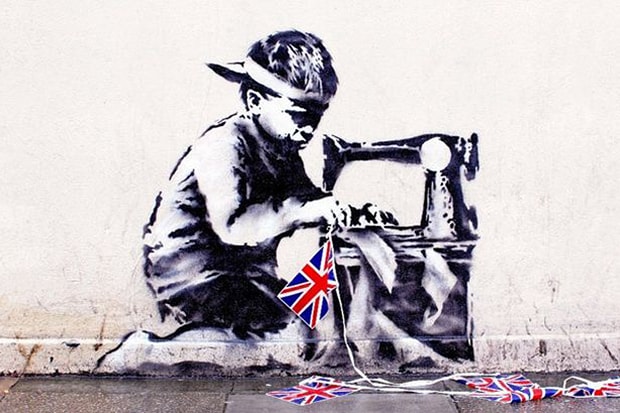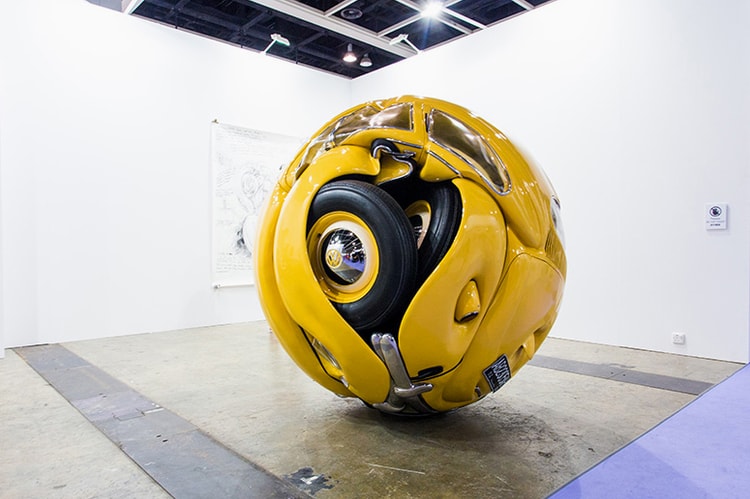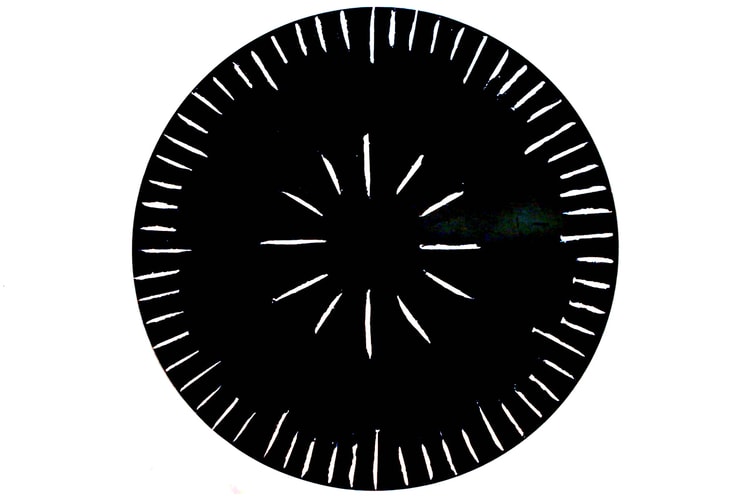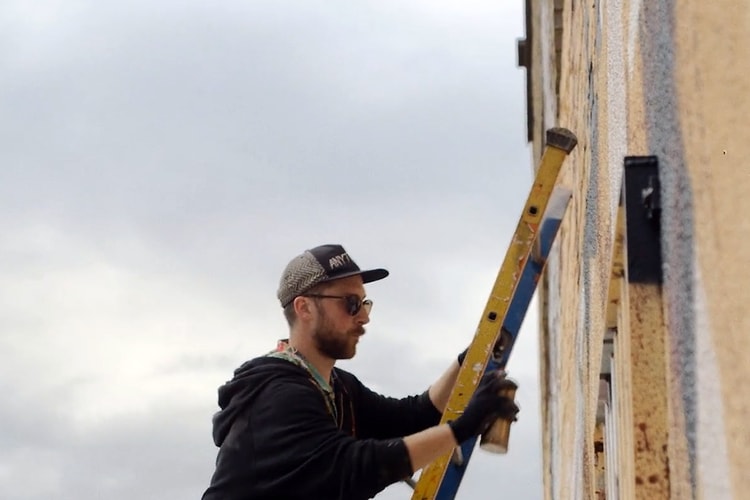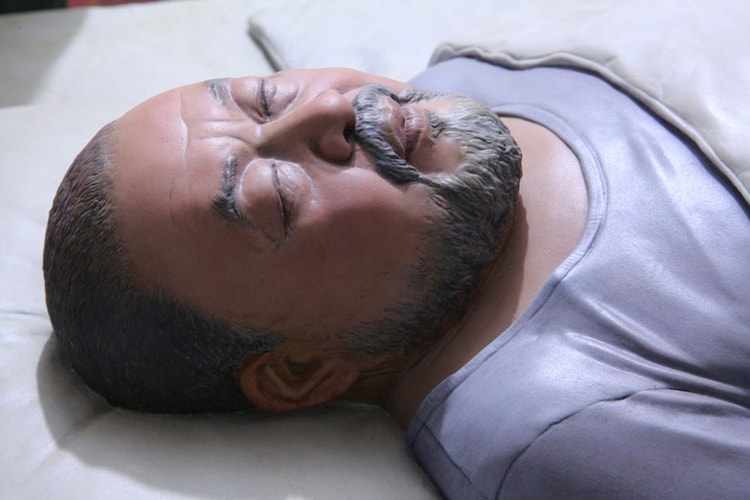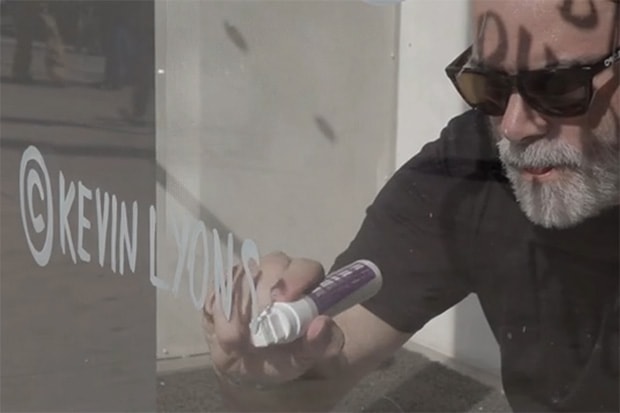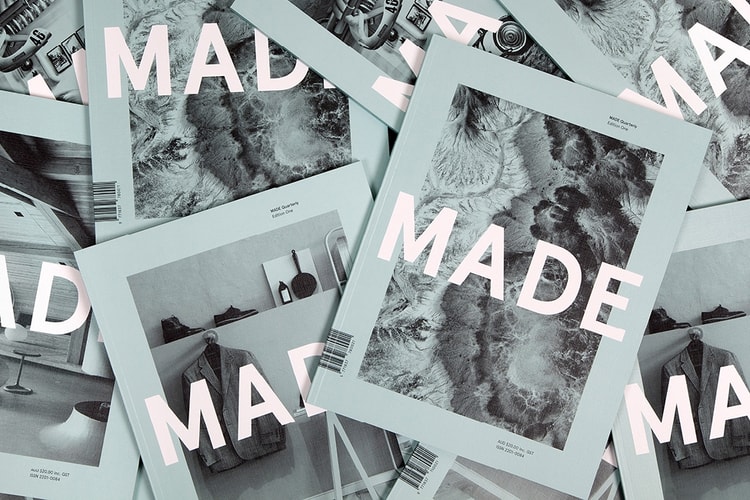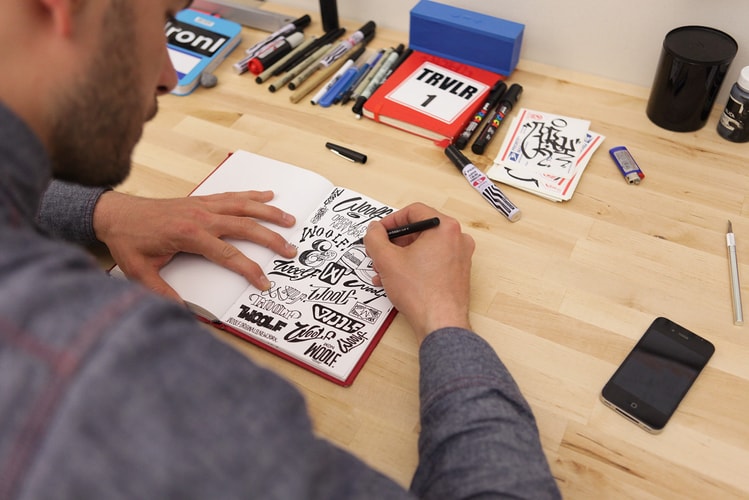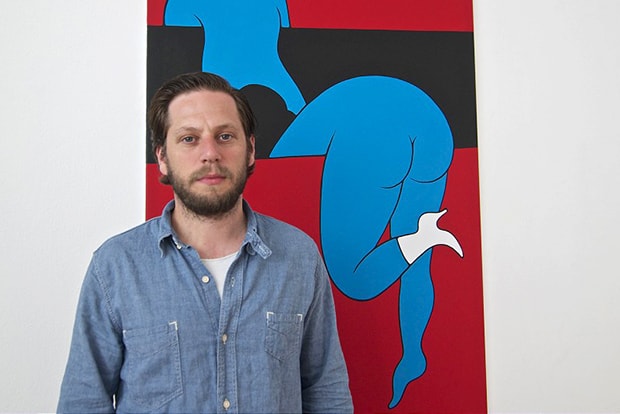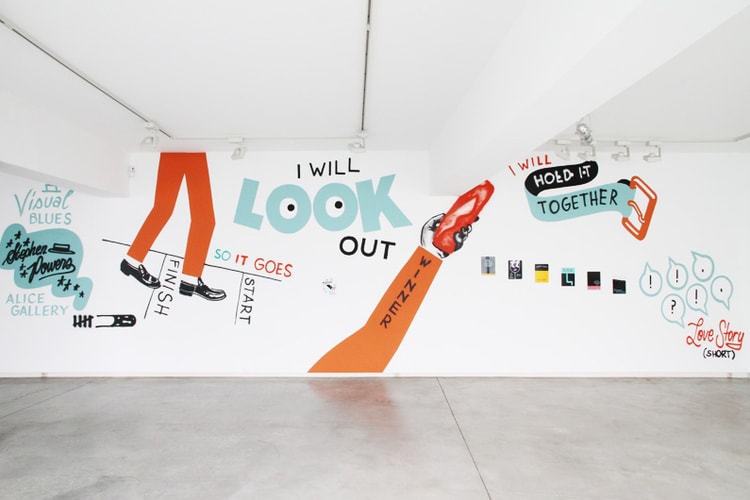Ai Wei Wei "Bang" Installation at Venice Art Biennale 2013
Ai Wei Wei recently opened his “Disposition” exhibition at Venice Art Biennale 2013. Among the
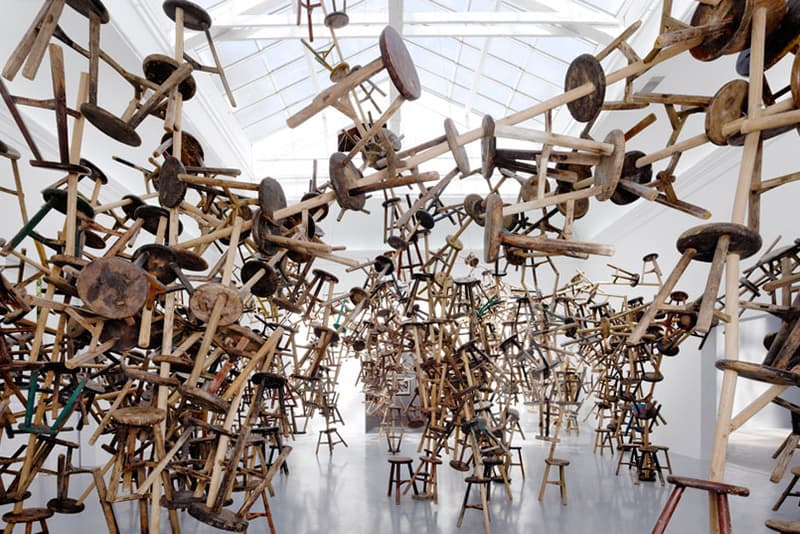
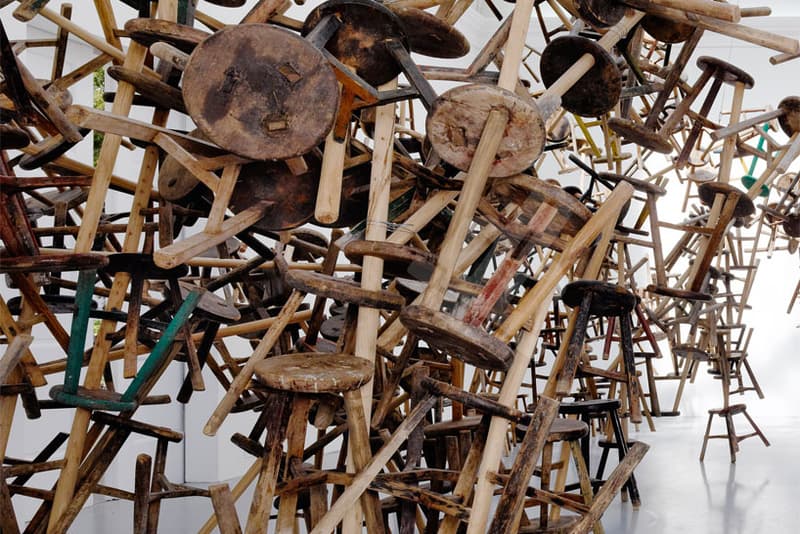
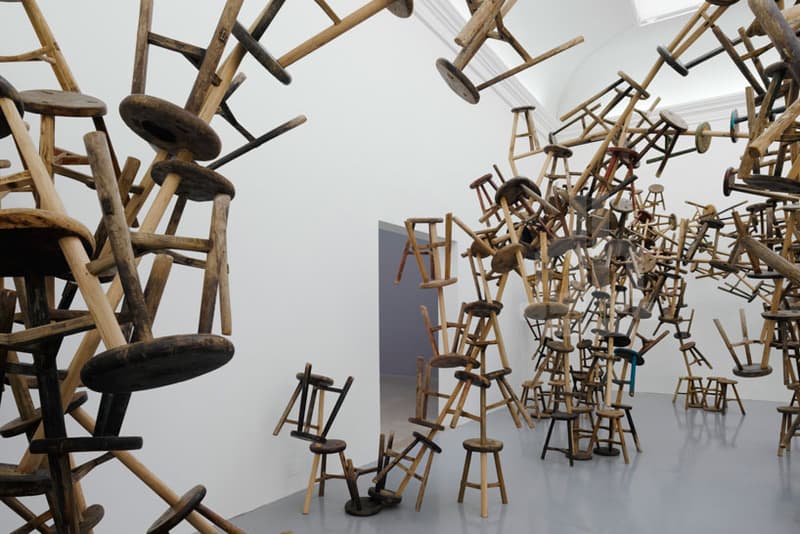
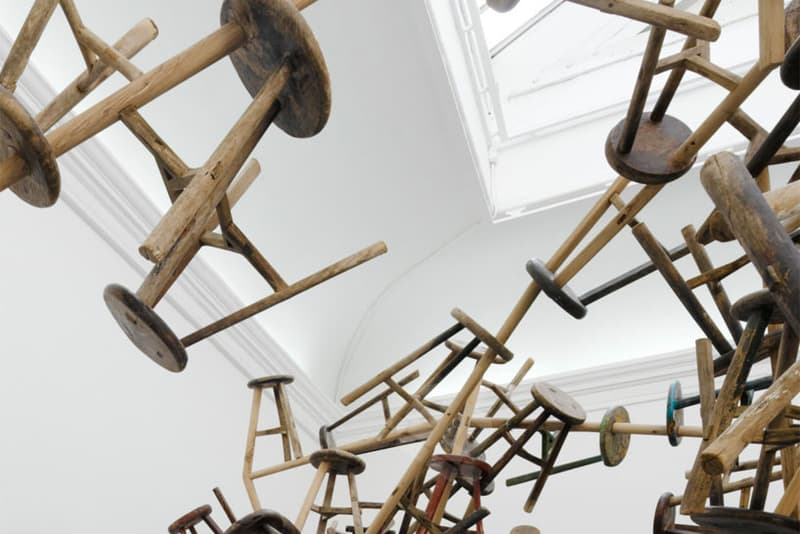
Ai Wei Wei recently opened his “Disposition” exhibition at Venice Art Biennale 2013. Among the works the Chinese artist presented was “Bang,” an installation rooted in the artistic traditions of his native China – something that the pioneer has sought to revive since the Cultural Revolution, a period he grew up in and suffered under. And he has chosen to revive these pieces of Chinese tradition with equal vigor, often creating installations that astound the viewer with scale that dwarfs the seemingly unremarkable nature of the items that compose them. With his most recognized work to date, Sunflower Seeds, he mobilized a village of 1,600 artisans to produce enough porcelain seeds to cover a 1,000-square-meter hall. This latest installation takes 866 three-legged wooden tools, themselves made by traditional craftsmen, and allows them to freely leave the limits of the floor and fill the space around them almost in a celebratory movement of upheaval. As to the significance of those stools, they were traditionally passed down from generation to generation, serving a variety of purposes for an entire lineage of families. However, during the Cultural Revolution, the production of these simple items all but ceased and the people was encouraged to produce metal and plastic items to promote industry. The installation will remain on display, along with Ai’s decidedly more somber “S.A.C.R.E.D” until November 24.



